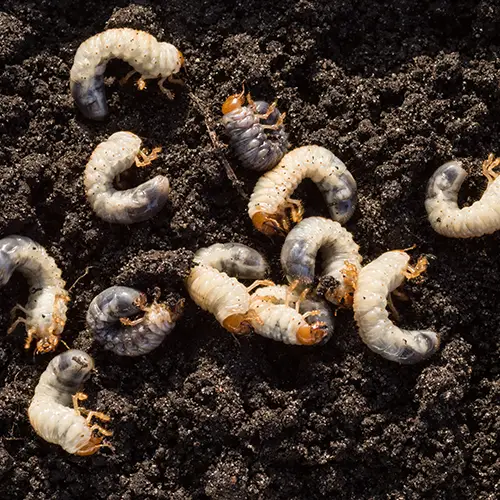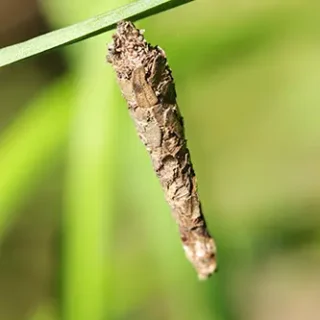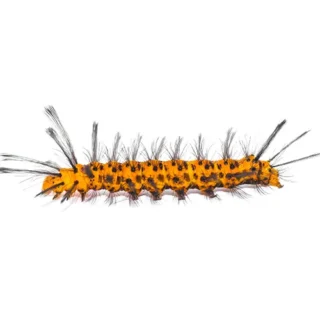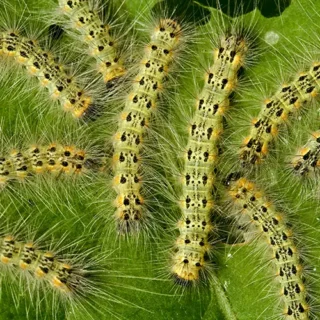Grub Worms in McAlpin
Grub worms are widespread across the United States, but they are especially prevalent in areas with moderate to high humidity and well-irrigated lawns. Their soft, creamy-white bodies can be unpleasant to look at, but thankfully they spend most of their time in the soil where they eat plant roots and other organic matter. The larval stage, where they cause the most damage, can last for several months to over a year depending on the species and environmental conditions.
Grub Worm Habitat
Grub worms are difficult to spot because they often hide right beneath the surface of your lawn. They prefer soil that is very damp and rich in decaying matter that they can feed on throughout the night. Some may burrow as deep as eight inches to escape cold weather or drought conditions. These pests are most active in the late summer or fall and early spring when the weather is humid and there’s plenty of rainfall to keep conditions moist. Grub worms often feed on a variety of grass species including bermuda grass, Kentucky bluegrass, tall fescue, and more.
Grub Worm Behaviors, Threats, or Dangers
These pests may be creepy to look at, but they’re hardly a threat to your health—just your garden. Grub worms can pose significant threats to landscapes and lawns due to their feeding habits. These larvae feed on turf roots, which can lead to widespread damage in turfgrass—and may even damage other garden plants. Keeping an eye out for signs of grub worms, such as patches of dead or dying turf, can help you spot an infestation. To get rid of one, call licensed exterminators for fast and effective solutions.
Need help with Grub Worm control?
Need Pest Control Service?
Leave your information below and we’ll be in touch with a FREE quote!
"*" indicates required fields
*During normal business hours. After hours calls will be returned the next business day.





